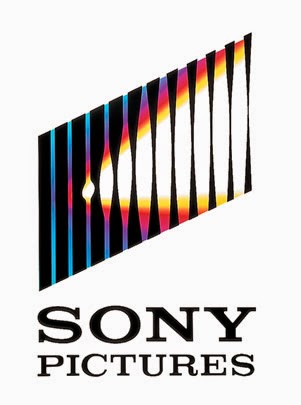There are three parts to production; pre-production, production and post-production.
During pre-production, every step of actually creating the film is carefully designed and planned. The production company is created and a production office established. The film is pre-visualized by the director, and may be storyboarded with the help of illustrators and concept artists. A production budget is drawn up to plan expenditures for the film. They then producer hires a crew. The budget, determine the size and type of crew used during film making. Many Hollywood blockbusters employ a cast and crew of hundreds, while a low-budget; independent film may be made by a small crew of eight or nine.
In production, the video production/film is created and shot. More crew will be recruited at this stage. The production office will be the one who is free to create any unique blend of roles to suit the various responsibilities possible during the production of a film. Here is when the crew will help with lighting, sound, script and may also rehearse with actors. With workdays often lasting 14 or 18 hours in remote locations, film production tends to create a team spirit and the office arrange a wrap party to thank all the cast and crew for their efforts.
Post-production is where everything is edited; for example, video/film is assembled by the video/film editor. The shot film material is edited. The production sound (dialogue) is also edited; music tracks and songs are composed and recorded if a film is sought to have a score; sound effects are designed and recorded. Any computer-graphic visual effects are digitally added. Finally, all sound elements are mixed into "stems", which match the picture, and the film is fully completed.
Distribution
Distribution of a film is the final process through which a movie is made available to watch for an audience by a film distributor. This can be accomplished in variety of ways such as theatrical release, home entertainment release (DVDs, Blu-Ray) or a television program.
Film distribution can be done in many ways; for example, standard release, simultaneous release, straight to video release and internet release.
The standard release routine for a movie is regulated by a business model called "release windows". It is a strategy to keep different instances of a movie from competing with each other, allowing the movie to take advantage of different markets (cinema, home video, TV, etc.) at different times. Normally, a movie is first released through movie theaters (theatrical window), then, after approximately 16 and a half week, it is released to DVD (entering its video window). After an additional number of months it is released to Pay TV and VOD services and approximately two years after its theatrical release date, it is made available for free-to-air TV.
A simultaneous release takes place when a movie is made available on many media (cinema, DVD, internet) at the same time or with very little difference in timing. Simultaneous releases bear great advantages to both consumers, who can chose the medium that most suits their needs, and production studios that only have to run one marketing campaign for all releases. The flip side, though, is that such distribution efforts are often regarded as experimental and thus, do not receive substantial investment or promotion.
A straight to video (or straight-to-DVD or straight-to-Blu-ray depending on the medium upon which the movie is made available) release occurs when a movie is released on home video formats (such as VHS, DVD, etc.) without being released in theatres first, thereby not taking into consideration the "theatrical window". As a result of strong DVD sales, STV releases also achieved higher success and have become a profitable market lately, especially for independent movie makers and companies.
Internet release is still new when it comes to the film distribution platform. The volume of downloaded movies is difficult to find but none compares to the even more problematical discovery of their origin.
Exhibition
Exhibition is the retail branch of the film industry. It involves not the production or the distribution of motion pictures, but their public screening, usually for paying customers in a site devoted to such screenings, the movie theatre. What the exhibitor sells is the experience of a film (and, frequently, concessions like soft drinks and popcorn). Because exhibitors to some extent control how films are programmed, promoted, and presented to the public, they have considerable influence over the box-office success and, more importantly, the reception of films.
Though films have always been shown in non-theatrical as well as theatrical venues, the business of film exhibition primarily entails the ownership, management, and operation of theatres. Historically, film exhibitors have been faced with a number of situations common to other sectors of the commercial entertainment industry: shifting market conditions, strong competition, efforts to achieve monopolization of the field, government regulatory actions, and costly investment in new technologies.
Cinemas fall into 1 of 2 categories: national chains; and independent exhibitors. The specific programming will depend on the target audience, with large chains often filling their multiplexes with blockbuster fare and individual independents more likely to cater to art-house crowds.





